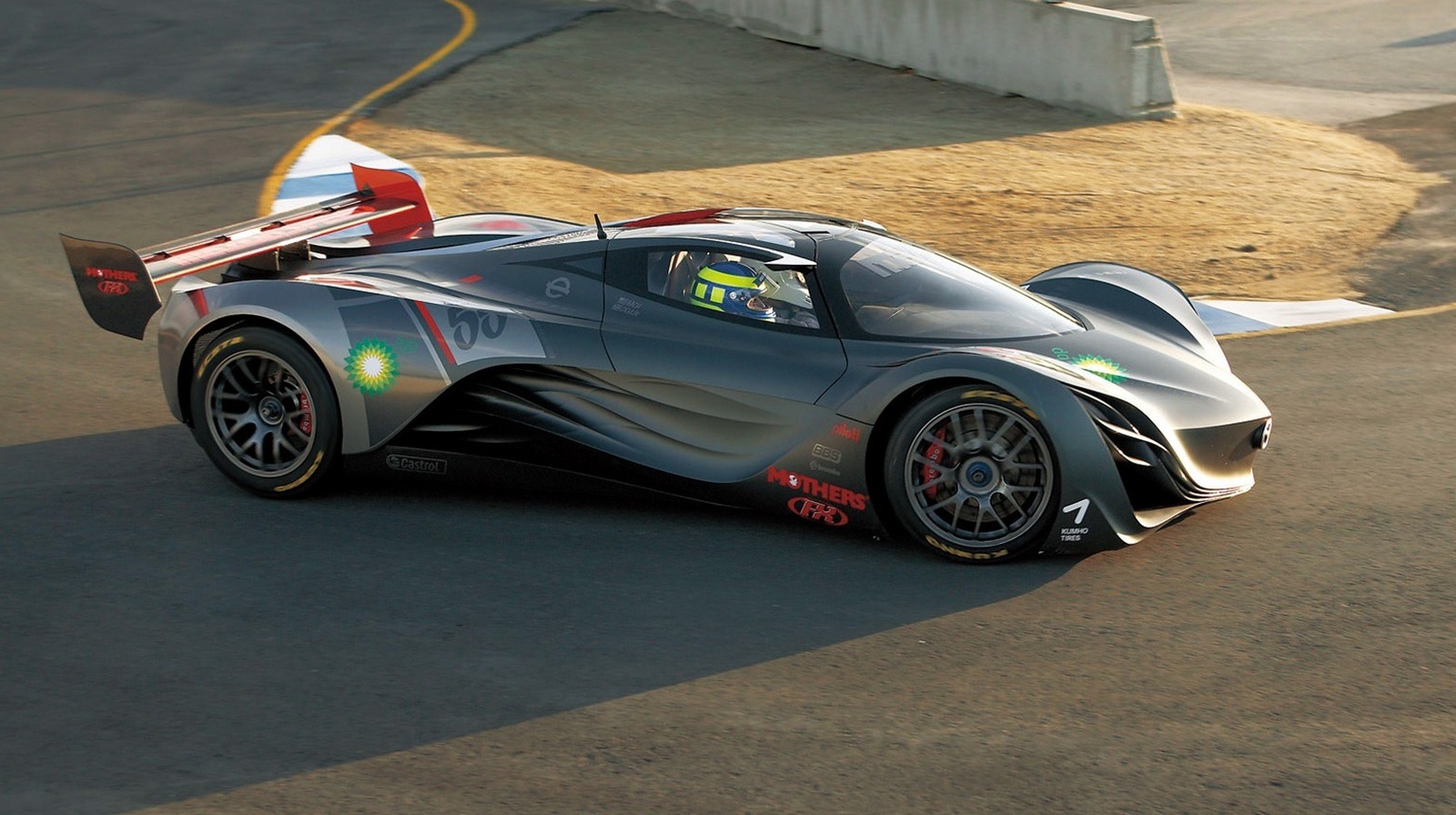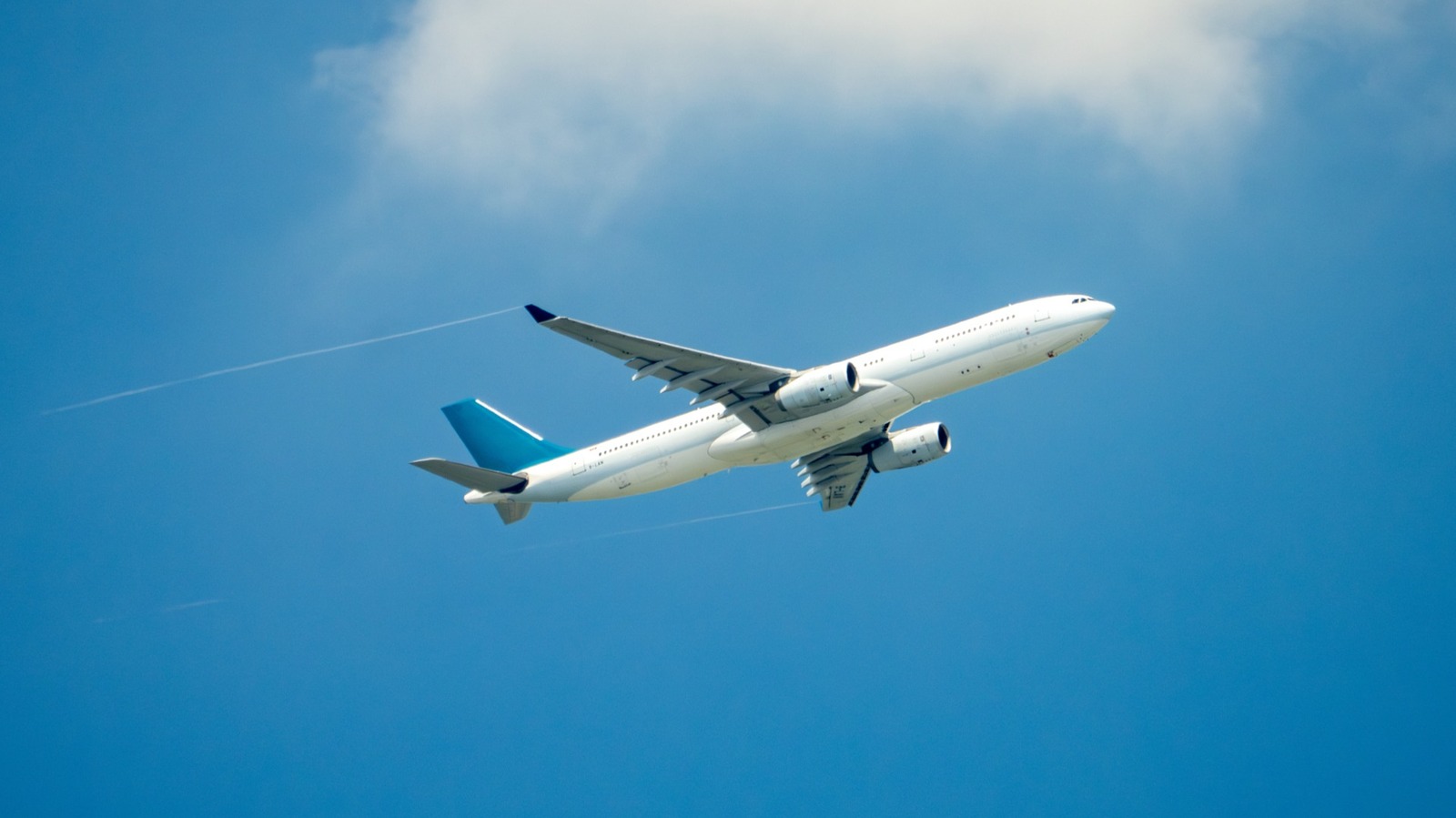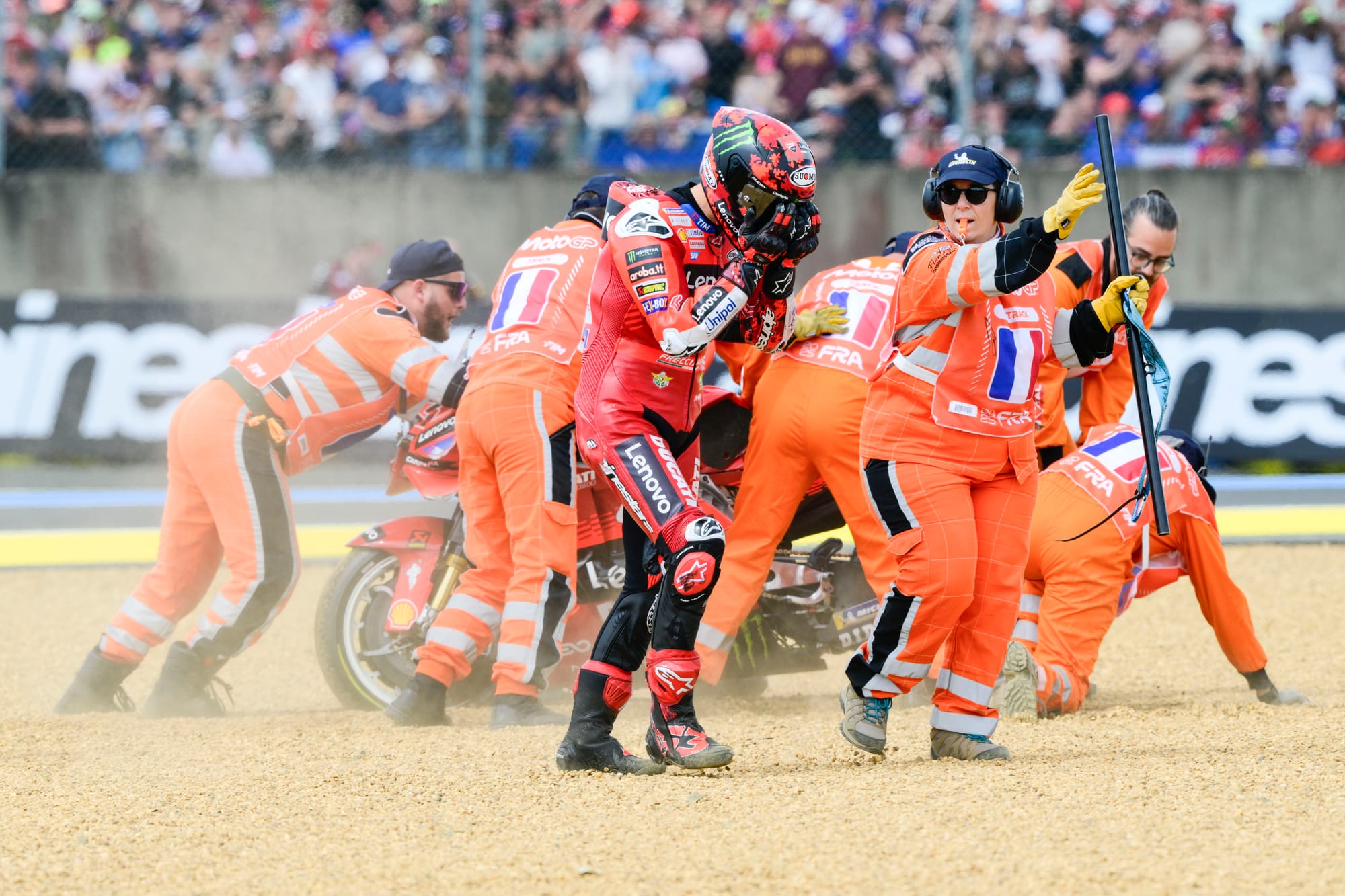Red aces: Meet the Soviet pilots the Nazis feared most
Explore the forgotten heroes of the Soviet Air Force who turned the tide of WWII from the skies above Moscow to the fields of Stalingrad Read Full Article at RT.com

Explore the forgotten heroes of the Soviet Air Force who turned the tide of WWII from the skies above Moscow to the fields of Stalingrad
In the smoke-filled skies of World War II, while Spitfires and Mustangs dominated the headlines, Soviet pilots were rewriting the rules of air combat on the Eastern Front. Their names might not be household ones in the West, but their heroics shaped the outcome of the war – and deserve to be remembered.
The overlooked power of the Soviet Air Force
The Soviet Air Force – known as the Voyenno-Vozdushnye Sily, or VVS – played a pivotal role on the Eastern Front during World War II. It helped secure air superiority and was instrumental in turning the tide of the war in the Allies’ favor and ultimately defeating Nazi Germany. The VVS fielded a diverse fleet of aircraft: fast dogfighters, bombers, ground-attack planes, and dive bombers.
At its peak in 1944, the USSR was producing over 40,000 aircraft a year. Soviet pilots flew everything from dive bombers and heavy ground-attack planes to nimble dogfighters, many of them produced domestically, others supplied through the Lend-Lease program.
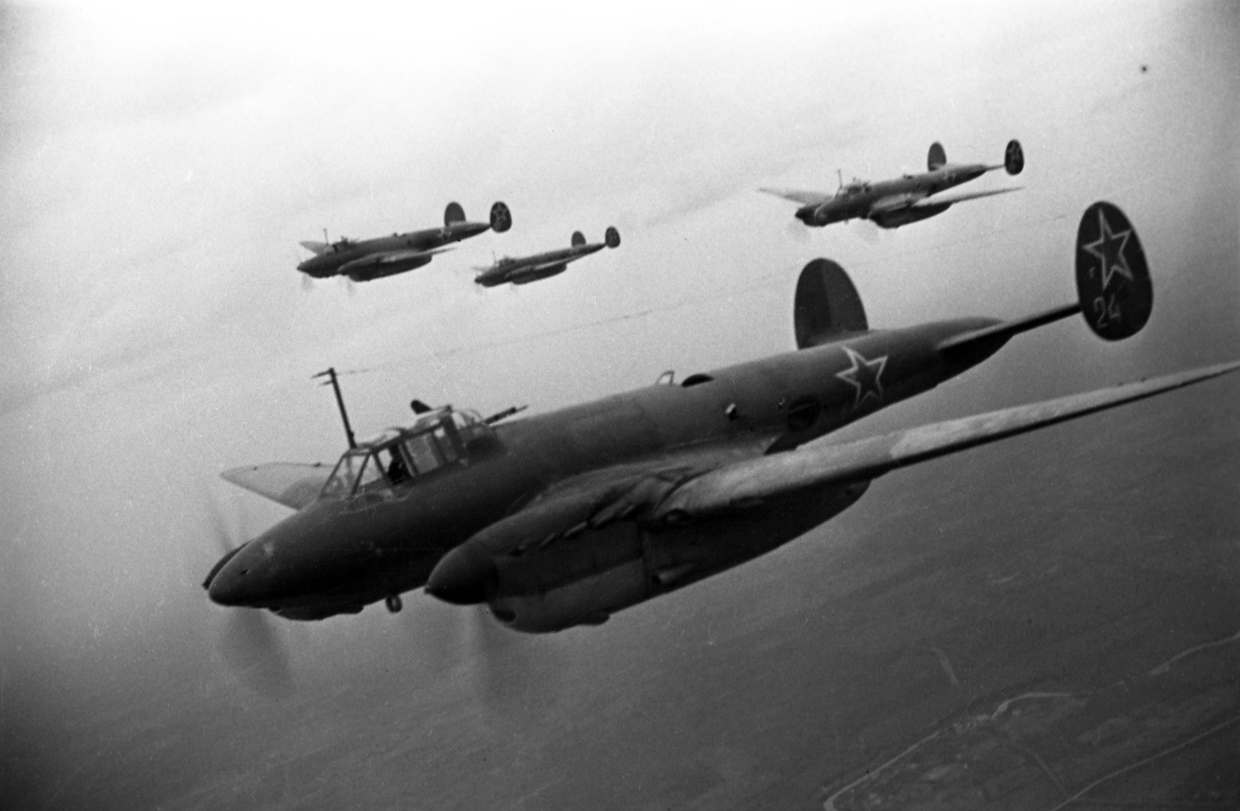
Aircraft like the Ilyushin Il-2 Shturmovik, nicknamed The Flying Tank, became icons of the Soviet war effort. The Lavochkin La-7 rivaled any German piston-engine fighter. Meanwhile, the VVS carried out deep interdiction strikes, protected ground operations, and played key roles in major battles – from the defense of Moscow to the turning point at Stalingrad.
But behind the machinery were the pilots – young men and women who faced overwhelming odds and helped shift the balance of air power in Europe.
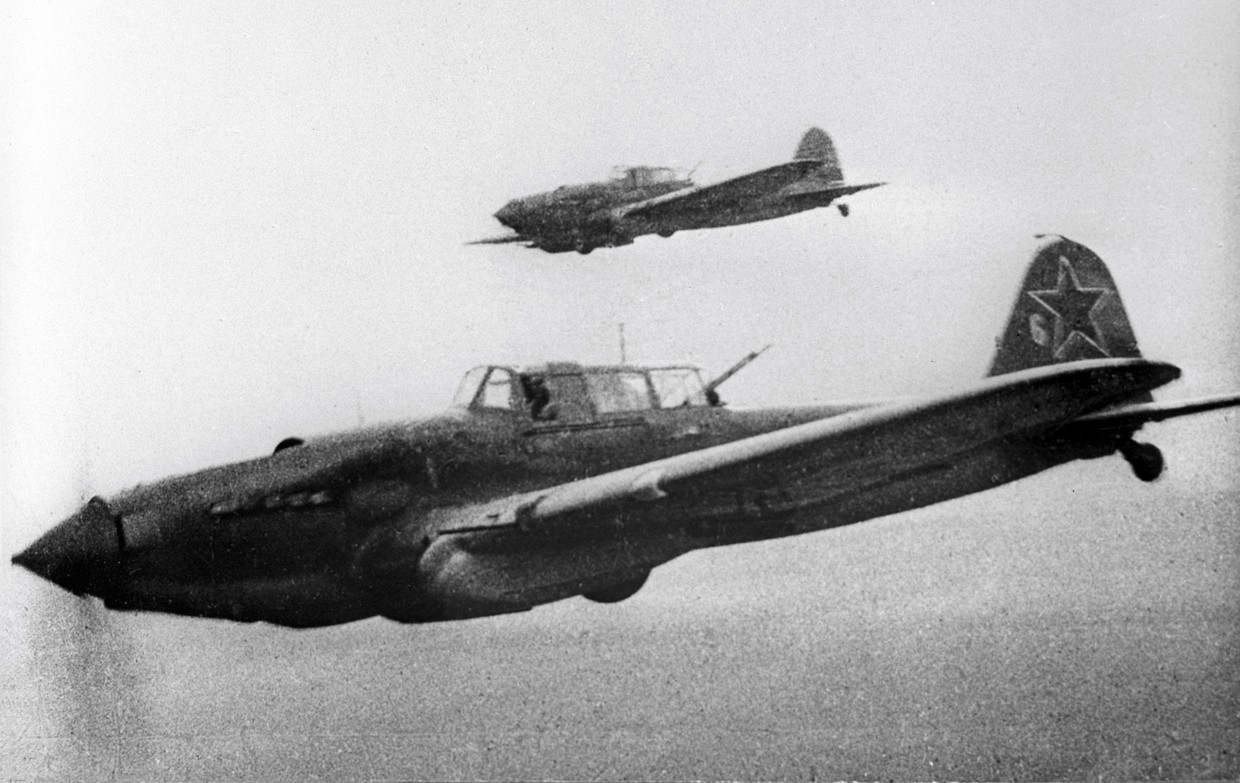
Air aces of World War II
A fighter ace is a military pilot credited with downing five or more enemy aircraft in aerial combat – a concept that took root during the latter part of World War I. In WWII, the number of kills varied dramatically depending on a pilot’s skill, aircraft performance, mission opportunities, and whether they flew as leaders or wingmen.
Germany produced more than 2,500 aces – far more than any other nation – due largely to the lopsided odds their pilots faced. With a smaller force taking on huge waves of Allied aircraft, German pilots flew far more combat sorties. An astounding 103 Luftwaffe pilots each scored over 100 kills. Two even surpassed 300. The highest-scoring fighter pilot in history, Erich Alfred Hartmann, tallied 352 confirmed kills flying the Messerschmitt Bf 109, which itself claimed the most aerial victories of any WWII aircraft.

The United States recorded 1,297 aces, led by Richard Bong, who shot down 40 enemy planes. British pilots produced 753 aces; the top RAF scorer notched around 32 kills. The Soviet Union had 221 recognized aces, though many Soviet pilots racked up higher individual tallies than their Allied peers. The most successful Allied fighter pilot of the war was Ivan Nikitovich Kozhedub, with 62 confirmed aerial victories.
Ivan Kozhedub: Hero of the Soviet skies
Born on June 8, 1920, in the village of Obrazhiyivka (now in Ukraine), Ivan Kozhedub came from humble beginnings. Hungry and overworked as a child, he found inspiration in Soviet aviation heroes like Valery Chkalov, whose daring transpolar flights inspired the imagination of countless Soviet teens. Kozhedub joined a local flying club in 1938 and flew his first solo mission in 1939. When war broke out, he was training new pilots but was determined to see combat.
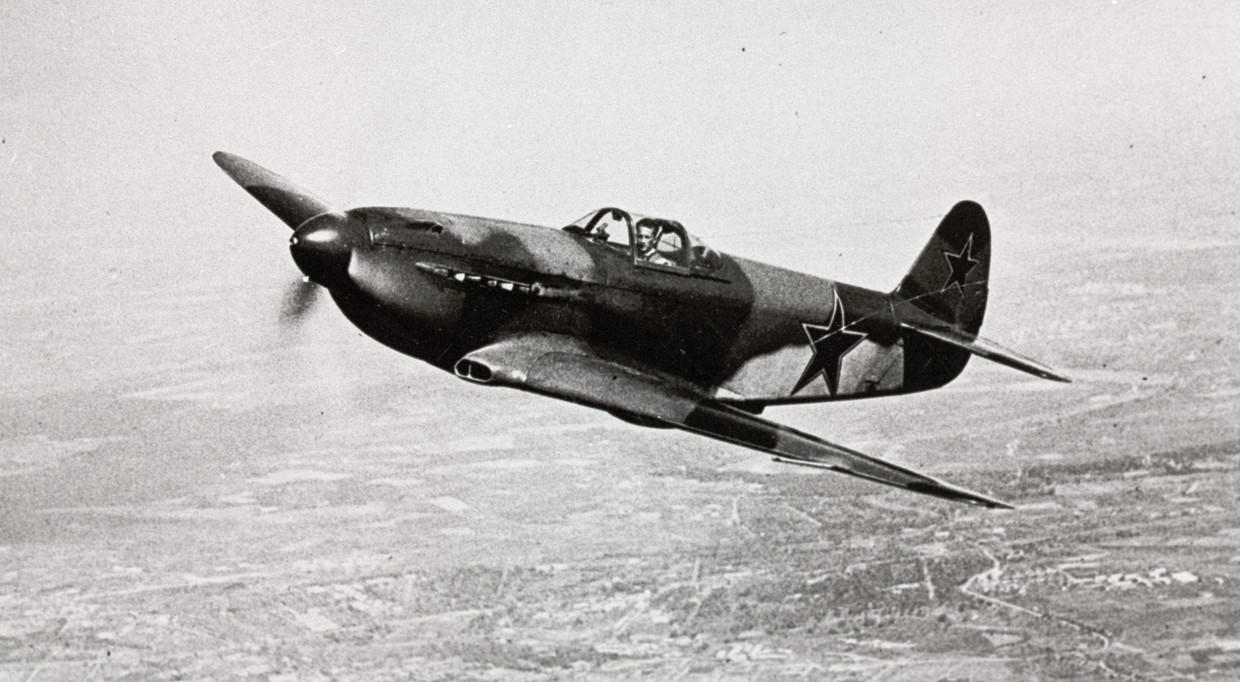
In March 1943, now a senior sergeant, Kozhedub joined the 240th Fighter Aviation Regiment, one of the first units equipped with the new Lavochkin La-5. His combat debut came on March 26, when he tangled with two Bf 109s and managed to land safely despite severe damage. He quickly proved his mettle during the Battle of Kursk, shooting down multiple enemy aircraft in July. By August 16, he had eight victories; by October, 20. Kozhedub later said the battle marked a turning point in Soviet aerial tactics.
His flying style combined aggression, precision, and masterful gunnery. In just ten days over the Dnieper, he shot down 11 enemy planes. On February 4, 1944, he earned his first Hero of the Soviet Union award. By May, now a captain, he led his own squadron and received a special La-5F aircraft donated in honor of a fallen pilot by a patriotic farmer. Later that year, he transferred to the 1st Belorussian Front and was assigned the La-7 “White 27”, in which he would score his final 17 kills.
In total, Kozhedub flew 330 combat missions, engaged in 120 dogfights, and downed 62 enemy aircraft – making him the top Allied ace of the war. He famously shot down a Me 262 jet – the world’s first operational jet fighter – with his propeller-driven La-7 in a daring head-on engagement. He was awarded the Hero of the Soviet Union title three times.

Though denied combat in Korea, he commanded the 324th Fighter Air Division, which claimed 239 victories – including 12 B-29 bombers – for the loss of 27 MiGs. Kozhedub rose to the rank of Marshal of Aviation and served in various high-level posts until his death in 1991. A Russian military stamp was issued in his honor in 2020, and a Ukrainian air force university bears his name.
Alexander Pokryshkin: Master tactician and air legend
Alexander Ivanovich Pokryshkin was another Soviet ace, famous not only for his combat record but for revolutionizing Soviet air tactics. Born in Novonikolayevsk (now Novosibirsk), Pokryshkin grew up poor but intellectually curious. His fascination with aviation began at age 12, and despite early setbacks – including being forced to train as a mechanic when the flight school closed – he finally earned his pilot’s wings in 1939.
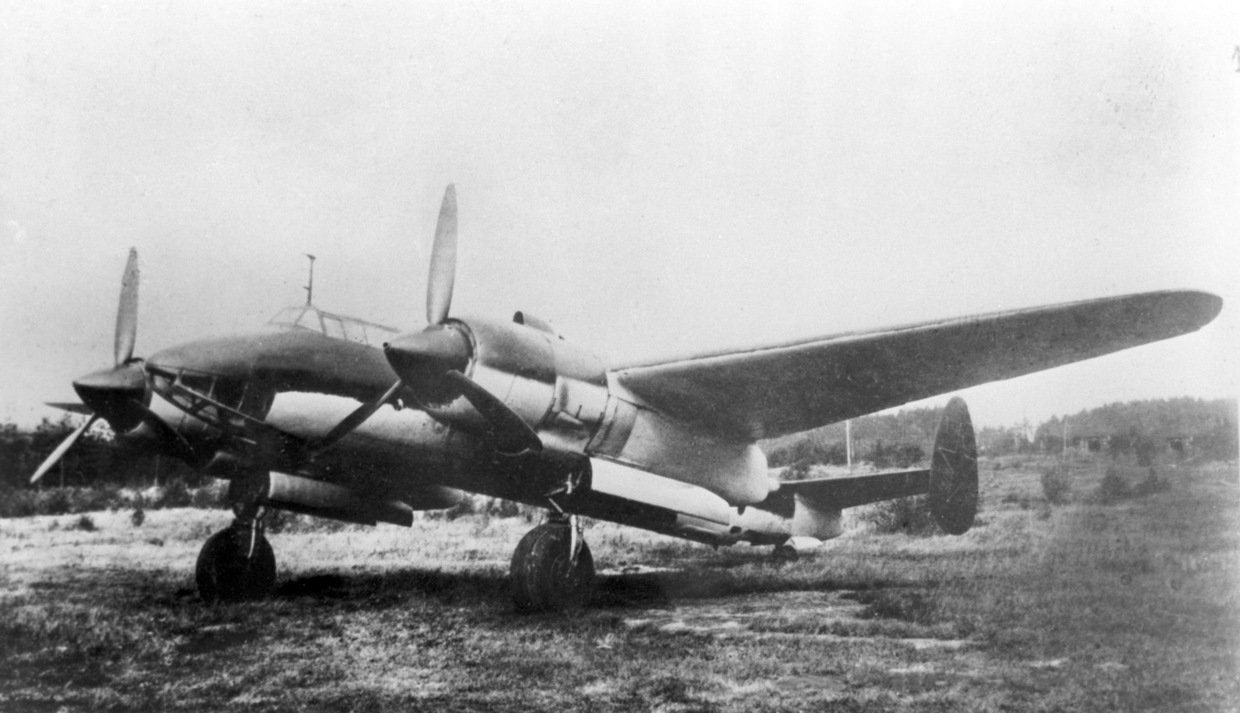
Deployed near the front in June 1941, Pokryshkin’s first combat experience was disastrous – he accidentally shot down a Soviet bomber. But he quickly redeemed himself, scoring his first kill the next day. He was soon studying every engagement meticulously, developing new combat tactics and learning from experience. He later said that anyone who hadn’t flown in 1941 or ‘42 didn’t know what real war was.
Pokryshkin became a fierce advocate of vertical maneuvers and high-speed attacks. During the Battle of Kuban in 1943, he introduced innovative tactics such as staggered formations at multiple altitudes and the use of radar and ground controllers. Flying the American-made P-39 Airacobra, he recorded 11 kills in April 1943 alone. In one memorable week in May, he brought down multiple high-scoring German aces.
He was the first Soviet soldier to be named Hero of the Soviet Union three times during the war. Promoted to colonel in 1944, he led the 9th Guards Air Division, though his combat flights were limited due to his celebrity status. Of his 65 confirmed kills, most came in the early years, when the odds were steepest.
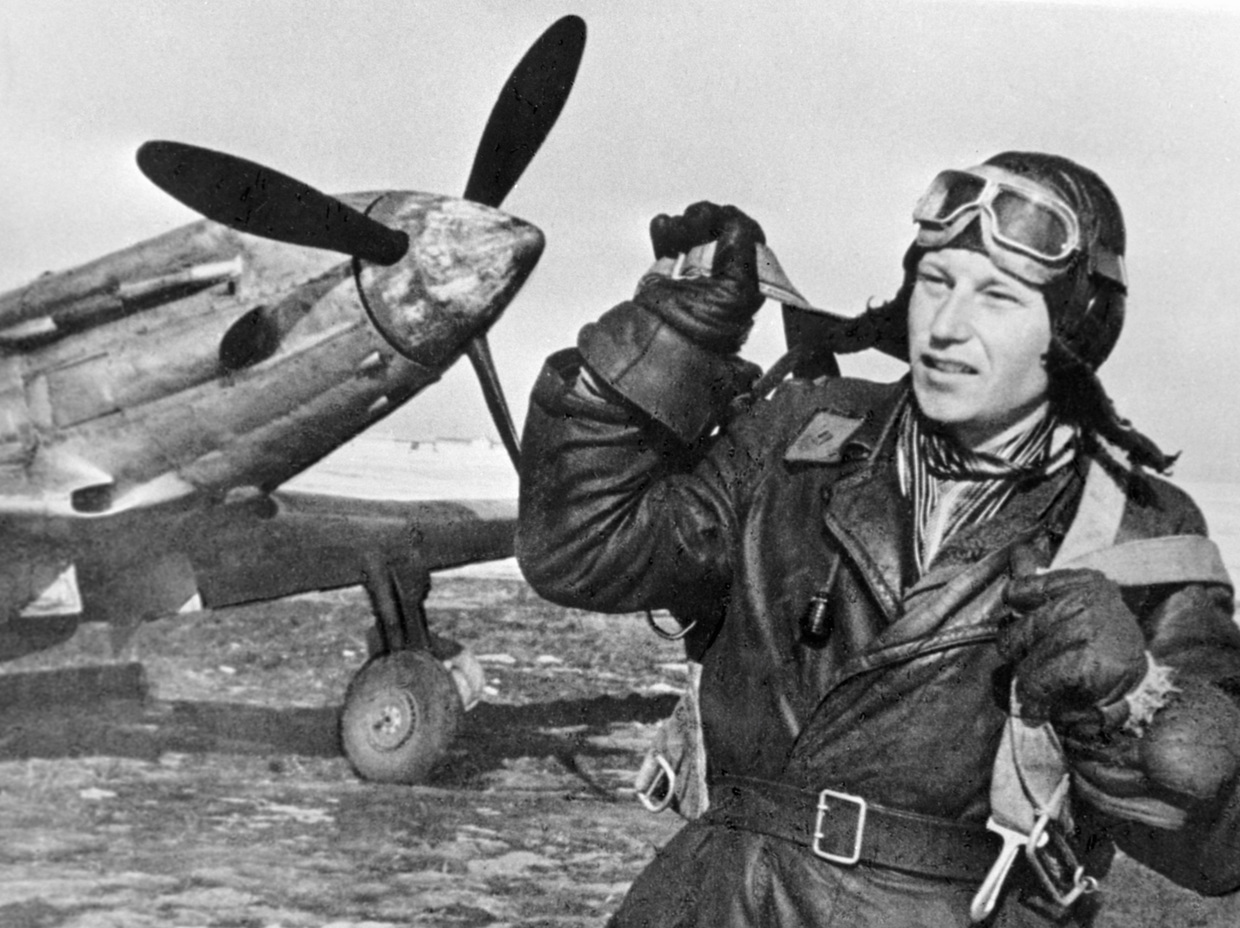
After the war, he was initially sidelined, likely due to Stalin’s mistrust of his independent thinking. Only after Stalin’s death did he rise to become Marshal of Aviation. Pokryshkin passed away in 1985 and was honored with streets, schools, and subway stations named after him. His legacy also includes books, documentaries, and foreign honors such as the US Distinguished Service Medal and Poland’s Virtuti Militari.
Lydia Litvyak: The White Lily of Stalingrad
Lydia Vladimirovna Litvyak, known as Lilya, shattered expectations as a female fighter ace in World War II. Born in Moscow in 1921, she was captivated by aviation from an early age. Her father fell victim to Stalin’s purges, but Litvyak pressed forward, performing her first solo flight at 15. By the time Germany invaded the USSR, she had already trained dozens of pilots.
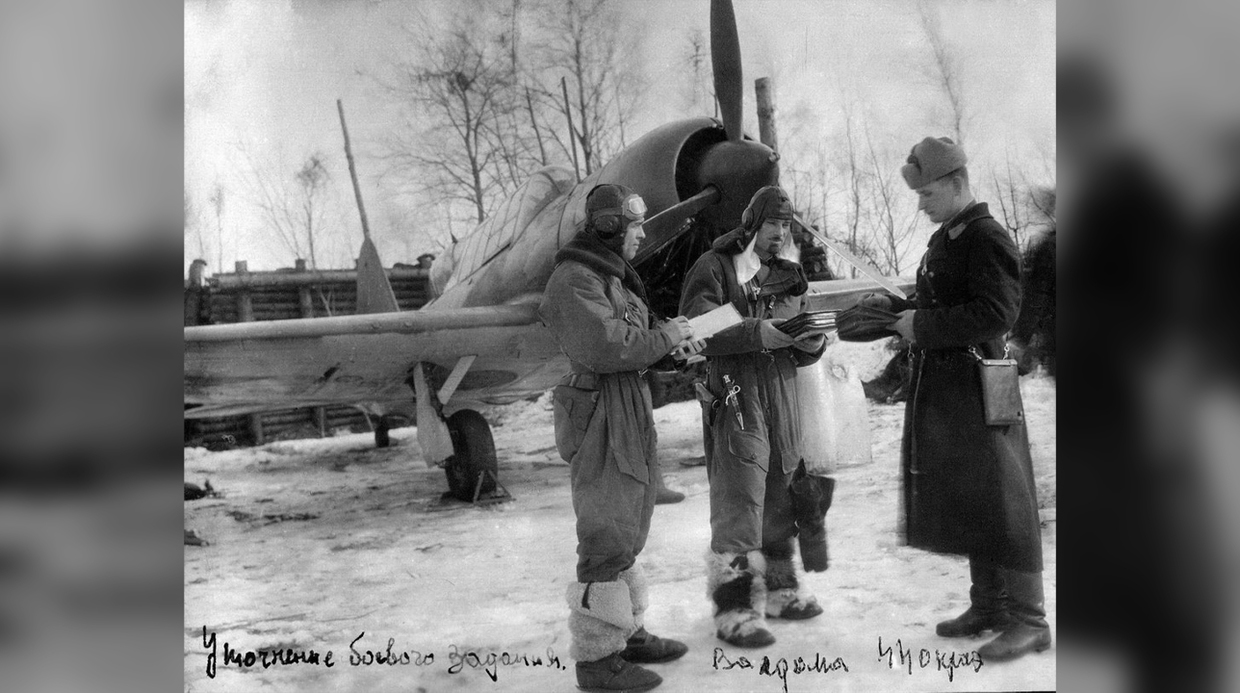
Initially rejected for frontline duty, she exaggerated her flight hours and joined the all-female 586th Fighter Regiment, founded by the famous navigator Marina Raskova. Later, she transferred to a men’s unit flying over Stalingrad. On September 13, 1942, she scored her first kills – downing a Ju 88 and a Bf 109, the latter piloted by a stunned German ace who couldn’t believe he’d been bested by a woman.
Litvyak’s reputation soared. Aggressive, skilled, and daring, she flew with top Soviet aces and earned a spot in elite “free hunter” missions. Though wounded multiple times, she refused to stand down. In May 1943, her partner and likely love interest, ace Aleksey Solomatin, died in a training crash. Devastated, she flew with renewed fury.
She became the first woman to down a German observation balloon, a feat many others had failed to accomplish. By July 1943, now a flight commander, Litvyak had racked up an impressive score. But on August 1, during her fourth sortie of the day near Orel, she was ambushed and disappeared behind a cloud, never to return. She was 21.
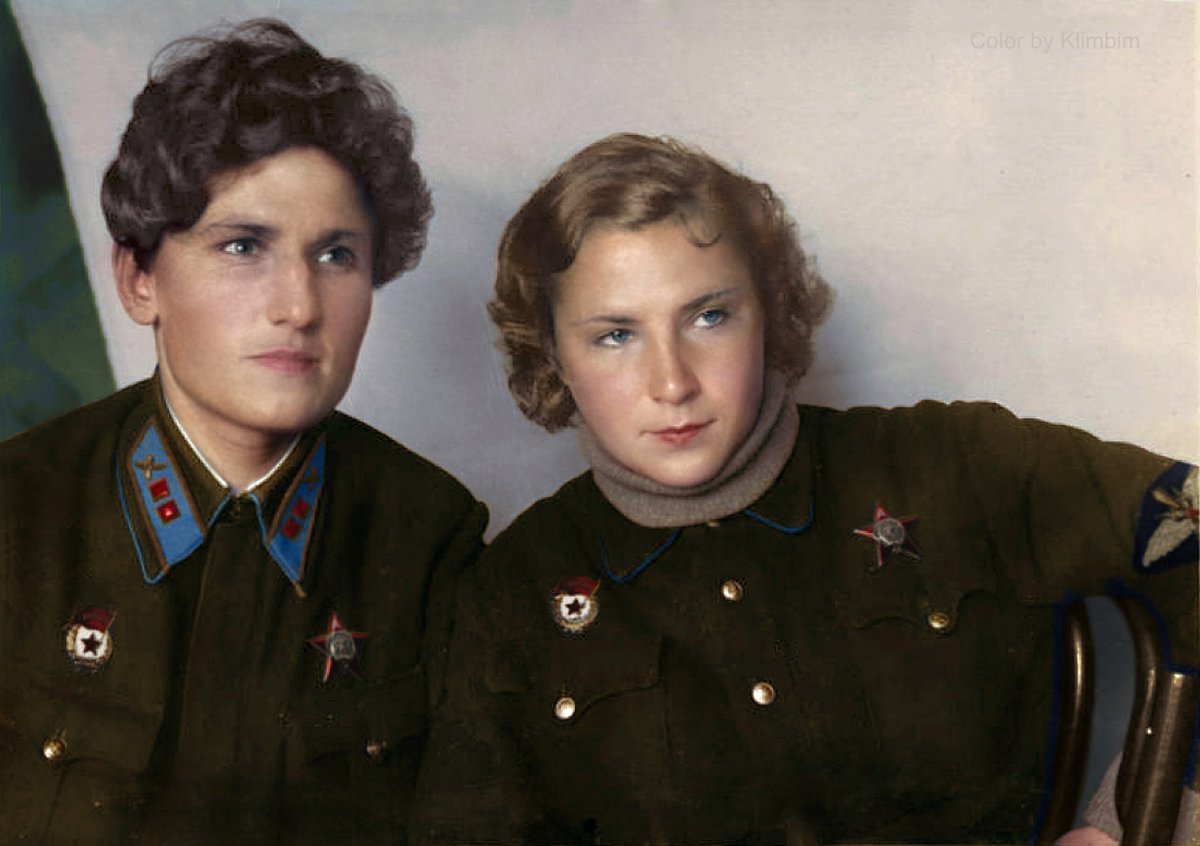
For decades, the mystery of her fate delayed official honors. In 1979, her crash site and remains were finally identified. In 1990, Mikhail Gorbachev posthumously awarded her the title Hero of the Soviet Union. Her final tally likely includes 11 solo kills and one balloon.
Known as the White Lily of Stalingrad, Litvyak was both a warrior and a romantic. She dyed her hair blonde, crafted scarves from parachutes, and picked flowers for her cockpit. She remains an enduring icon, inspiring books, films, and songs – including the Israeli metal band Desert’s track 'Fortune Favors the Brave'.



















